The world of wireless headphones has changed drastically over the years. The original 1960s design was essentially a wireless radio built into a pair of over-ear headphones with radio antennae protruding out the top. It was a nice concept; however, if you look up the design, you will see how it was very much a product of its time.
Fast-forward two decades to 1989, and the initial premise of a wireless headphone as we know it today was being developed by Ericsson (of Sony Ericsson fame). Ericsson was fundamental in the development of Bluetooth. Fast forward again to 1997/1998, and Ericsson was in discussions with tech giants IBM and Intel about standardisation and implementation.
The name Bluetooth was suggested in tribute to the famed Danish King Harald Bluetooth, who was known for uniting Denmark and Norway. A fun bit of trivia: the Bluetooth logo combines the Viking runes for Harald’s initials.
One last skip forward to 1999, and Bluetooth 1.0 was released commercially, along with the first instance of wireless audio via Bluetooth.
You might wonder why we’ve delved into the backstory and trivia about Bluetooth. The point is that technology has advanced rapidly, and wireless headphones have seen dramatic improvements over the past 25 years. These include features like Active Noise Cancelling (ANC), voice control, and enhanced wireless bandwidth for better audio quality.
Thanks to advancements in manufacturing, your money stretches much further now than it did in 1999. With that in mind, here are the best wireless headphones under £200.
In a hurry?
Here are our absolute favourite wireless headphones under £200:
| Sennheiser Accentum | Excellent sound quality, great noise-cancelling algorithm to quieten the outside world, and 50 hours of battery life. | Check current price |
| Audio-Technica M50xBT2 | 50 hours of battery life, personalised controls, and a dual mic system for taking calls. | Check current price |
| JBL Vibe 660NC | Noise-cancelling with inbuilt mics for calls and voice assistant for hands-free control while on the go. | Check current price |
Why we’ve chosen these headphones
Ultimately, we’ve chosen these headphones based on quality, performance, and value for money, as getting something great for under £200 is exceptionally achievable. It’s worth mentioning that for under £200, you may have to forgo a couple of features. For example, having noise cancelling means you won’t necessarily have voice control, or vice versa.
There are a few different design concepts at play in the headphone selection below. Some of them are more what I would describe as “in place at home”, using a radio frequency system designed around a wireless transmitter and receiver. These options generally focus more on audio quality rather than “extra-curricular” features.
The other designs are more portable options using Bluetooth connections for a shortwave connection, making them better for use while walking around or in situations where having a transmitter tower is not practical.
The best wireless headphones under £200
1. Sennheiser Accentum Wireless ANC Headphones
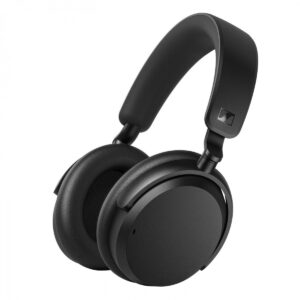 Key features
Key features
- 50-hour battery life on a single charge
- ANC technology
- Built-in five-band equaliser
Pros
- Great noise-cancelling algorithm
- Exceptionally comfortable
- Great sound performance
Cons
- Doesn’t fold completely
The Sennheiser Accentum is probably one of the hottest products in the sub-£200 headphone range, as it borrows heavily from its big brother, the Momentum 4, which retails in the region of £300. The sound performance between the two is exceptionally similar despite the Accentum being around half the price.
Its noise-cancelling algorithm is also not too far detracted from the Momentum 4, albeit a slightly less refined version, which you would expect.
The sound performance, without drawing comparisons, is one of great detail; the low end is nice and tight without becoming loose and unrefined, while the top end is pleasingly smooth and easy.
The Accentum features a 50-hour battery life, which is becoming the trend with the new improvements in lithium-ion batteries. However, if you’re making heavy use of the noise-cancelling features, this will decrease due to the extra processing power being used to cut out the outside world.
On the topic of ANC, the Accentum also features a “transparency mode”, which uses inbuilt mics to actively let the outside world in. This means that you can hear everything around you while also listening to your music – great for walking outside in busy areas where you may want to hear traffic coming.
I am personally a big fan of “transparency modes” in headphones, as it has been immeasurably useful when waiting at train stations, listening out for information on my inevitably cancelled train, while also staving off the sadness that comes with the news thanks to continuous tunes.
The fit and feel of the Accentum are more premium than you might initially expect given its price point. Again, it borrows heavily from its bigger brother, the Momentum 4, on this front, with the overall construction being a lite version of the Momentum 4 in terms of the hinges for the ear cups. However, the overall band design and tactility of the headphones are very much one and the same.
All in all, the Accentum is, in my opinion, the best wireless headphone you can get your hands on at this price point. The curve of diminishing returns is very much in your favour with these.
2. Audio-Technica M50xBT2 Bluetooth Headphones
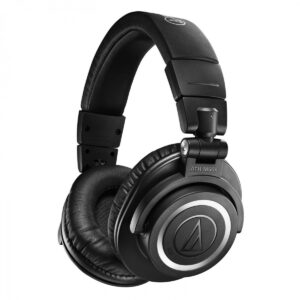 Key features
Key features
- 45mm drivers
- Multipoint pairing
- Customisable sound via the A-T connect app
Pros
- Large 45mm drivers
- Personalisation through A-T Connect app
- Multipoint pairing for dual device connectivity
Cons
- Not the most tactile
The Audio-Technica M50xBT2 has gone in the opposite direction to the Sennheisers, taking a simpler approach and focusing more on audio quality than anything too “extra-curricular”. The M50xBT2 is essentially the wireless version of Audio-Technica’s M50 studio headphones, albeit with a few more features.
In my opinion, the largest component is the customisation element through the dedicated app, which allows you to tune and EQ the headphones to how you want them to sound. There will be an audible difference between a wired set of headphones and a wireless set, so normally, when drawing the comparison between a wired and wireless version of a headphone, this is a large point of discussion.
That being said, with the app’s EQ controls, you can mitigate the difference between the two should you ever be in a position to compare them side by side.
The comfort factor of the M50xBT2 is pretty good. I have a relatively large head (so I’ve been told), and the headband doesn’t feel uncomfortable or dig into my head, nor does the clamping force feel too tight, like my ears are being compressed. The ear cups are large enough to fit around the ear comfortably, and the pads are soft enough that even if they eclipse the edges of your ear, they will not feel “pinchy” or uncomfortable.
The M50xBT2 has avoided ANC altogether. However, it includes a dual mic system for taking calls which, when coupled with the multipoint pairing technology, makes these a great pair of headphones for dynamic environments.
Being able to go from working at your computer to taking a call from your phone without having to switch devices or interact in any way makes them exceptionally multi-faceted.
Where the M50xBT2 falls down is the tactility of the headphones. They feel light, which can be a good thing for some people. However, the construction, although solid and reliable, doesn’t feel awe-inspiring. If you were to tap them, they have a slightly dissatisfying “tick” to them.
3. JBL Live 660NC Over-Ear Noise Cancelling Headphones
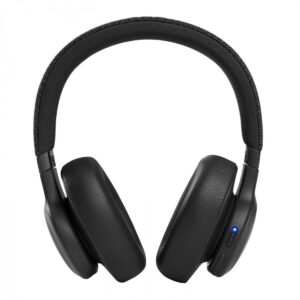 Key features
Key features
- Voice Assistant integration
- Comfortable headband design and padded earcups
- Up to 50 hours playback
Pros
- Voice assistant implementation
- Very comfortable
- Noise cancelling
Cons
- Jack of all trades but master of none
The JBL Live series has been a bit of a poster child for the wireless headphone market for some time now, and with good reason – they represent great value for money. The Vibe series is JBL’s entry point to the wireless headphone world, and much like everything they make in the wireless audio space, there is a certain utilitarian aspect to these headphones.
The design of the headphones is light but reassuringly sturdy, the headband is rigid but fantastically comfortable, and the ear cups are soft and deep. All of this results in headphones that are built well and suited to just about everyone, whether your head is small or large, or if you have earrings or not – these will be comfortable.
Another point in favour of the JBLs is that they include a bit of everything in terms of technology.
The sound quality on the Live 660NCs is nice and pleasant, with the typical JBL emphasis on bass, whereas the mids take a little bit of a back seat by comparison. The noise cancelling is good and does its job well; however, there are limitations to the algorithm at play. Although it does its job, it is not the best in this regard. The voice assistant element is a little niche, although a welcome addition.
All this being said, I still rate the 660NCs above a lot of other wireless headphones as the ultimate role they are here to serve is one of utilitarian inclusiveness. They come in at a price point that represents value for money while also giving you access to every feature you could want in a pair of wireless headphones.
This allows you to make an informed decision about which features are useful to you and doesn’t leave you wanting for something a model doesn’t have. In all honesty, they do objectively sound pretty good – it’s just a certain vibe of sound…
4. Sennheiser RS 120-W Wireless Over-Ear Headphones
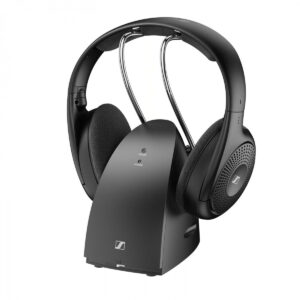 Key features
Key features
- All-in-one transmitter docking station included
- Three distinct sound modes: Neutral, Speech, and Music
- 30mm drivers
Pros
- RF-based headphones for minimal latency
- Three sound modes: Neutral, Speech, and Music
- All-in-one transmitter and charger to keep the setup together
Cons
- Two-part system making them unsuitable for on-the-go use
The Sennheiser RS120-W system is rather different from what most people might envision when it comes to wireless headphones, as it is a two-part system comprising the transmitter, which acts as a hub for various input sources to be connected, and the headphones themselves, which are wireless.
These are mainly meant as an in-home audio solution – something you may connect to your hi-fi while you are around the house but don’t want to bother with speakers or anything similar.
They’re also a neat solution for wireless TV audio. So long as your TV supports an analogue output, you can use this to connect to the tower and have it transmit everything without the latency you might encounter trying to use the Bluetooth built into the TV or some form of external “dongle”.
The comfort of these is great, with very soft ear pads and the ergonomic headband, which makes them sit comfortably across the top of your head. Sound-wise, the headphones offer three different sound modes: Neutral, Speech, and Music.
Neutral is the default mode, where they are clear and direct sounding without becoming harsh. It is the flattest sounding of the three modes. Despite not having any colour to the sound, it is still rather pleasant to listen through and is equally at home for music as it is for TV/film content, without being too specialised one way or another.
The Speech mode, as you might expect, places an extra bit of emphasis on the 2kHz to 2.5kHz range, which is where most people’s voices sit frequency-wise. This range is great for bringing out extra clarity in spoken dialogue. It is especially effective on American TV shows where the speech is often poorly mixed, and the extra bump in this range helps bring out the sibilance for greater clarity.
Music mode is, as you would expect, a much more rounded-sounding mode. It trims a little of the low and top-end frequencies to tidy up the sound a bit while introducing subtle dips in ranges to help make a more coloured listening experience rather than a flatter, neutral sound.
5. Cleer Enduro ANC Over-Ear Wireless Noise Cancelling Headphones
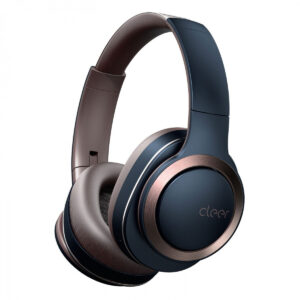 Key features
Key features
- Comprehensive noise cancelling algorithm
- up to 60 hours of playback
- 40mm light-weight Ironless drivers.
Pros
- 60 hours battery life
- Noise cancelling
- 40mm iron-less drivers
Cons
- Not the most tactile
The Cleer Enduro ANC is a nice set of headphones where, unlike all the headphones mentioned thus far, there has been an emphasis placed on aesthetic design. Most headphones you find in this sub-£200 bracket follow a principle of solid colour + logo/accent colour, and done. However, Cleer know that people like things that look interesting.
In the instance of their Blue Navy colour, they feature a nice brass outer ring and a mocha-style inner, which is a refreshing change from black on black on black.
They also offer a simpler colour option in light grey (which is more white), but this still retains the contrast of the brass ring.
Moving on from just how they look, the real question is, how do they sound? Well, the iron-less drivers make them lighter than most concepts, meaning they’re quicker and, in theory, more dynamic than an iron-based driver.
However, being lighter, they lack a certain “oomph,” which, if you want to quantify, will just be a shift in the low mids. This isn’t necessarily a bad thing but rather just a difference in the colour of sound. The trade-off is a more refined listening experience across the board as opposed to anything bass-heavy.
The change in physical response due to the magnet change hasn’t left the low end lacking by any means. There is dedicated app control for the headphones, allowing you to EQ them as you see fit should you wish to add some more low-end or generally customise the sound.
Another big factor for the Enduro ANC is that they offer a 60-hour battery life, compared to the seemingly standardised 50 hours that most headphones are boasting. Those extra 10 hours might make the difference between finishing your commute in silence or dealing with the train carriage commotion at 11pm on a Friday.
The Enduro ANC also offers a customisable level of noise cancelling, meaning you can taper how much you want to silence the outside world.
6. Audio-Technica ATH-S300BT Wireless Noise Cancelling Headphones
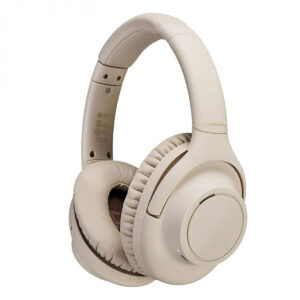 Key features
Key features
- Up to 90 hours of battery life
- Multi-point connection for seamless switching of connected devices
- 40mm drivers
Pros
- 90 hours battery life
- Multipoint Bluetooth 5.1
- Noise cancelling
Cons
- Transparency mode has digital distortion
When it comes to the ATH-S300BT headphones, they fall afoul of the classic long-winded Audio-Technica naming format, as well as the software implementation not being the most refined. The noise cancelling is perfectly fine, albeit not the most powerful, meaning that in louder situations it doesn’t quite perform as you might hope.
The other downside is the transparency mode, which allows the outside world in but suffers from digital distortion. This creates an almost bit-crushed effect to the outside world, which, if using this feature for the train station scenario mentioned earlier, would make it exceptionally hard to hear if your train had actually been cancelled.
Now that we’ve addressed the shortcomings, let’s look at the positives. These are by far the most well-suited and best commuter/work headphones you could probably want. 90 hours of battery life is honestly incredible – you could charge them up on a Sunday and not have to think about charging them again for over a week.
The multi-point Bluetooth is immeasurably useful and something I have come to fully appreciate in the last few years. It allows you to seamlessly swap devices for an incoming call and then return to a podcast or whatever you’re listening to, all without having to really do anything. It’s a fantastic quality-of-life upgrade.
From a physical perspective, the S300BT is nice and tactile with a good amount of clamping force and soft ear cups. Although the ear cups are soft, they are slightly small, so if you are a heavy earring wearer, they might not be the most comfortable.
However, although the physical element is reassuringly solid the buttons aren’t the most satisfying. But they don’t need to be, as most of the control will be done from your phone or external device.
There is also a cable input on these headphones, so should you, for some reason, get caught short on your 90 hours of battery, you can hardwire them to keep listening for as long as you want.
7. Cleer Enduro 100 Over-Ear Wireless Headphones
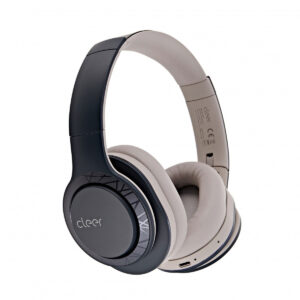 Key features
Key features
- 50mm Ironless Drivers
- Up to 100 hours of playback time
- Light-weight design with comfortable ear-cups
Pros
- Aesthetically pleasing
- 40mm iron-less drivers
- Fast charge: 10 mins provides 13 hrs of playback
Cons
- No ANC
The Cleer Enduro 100s are essentially the little brother to the ANC version mentioned earlier. They lack the ANC features as well as the EQ customisation options that the ANC version has. However, they still share all the same core tenets when it comes to sound quality.
Everything I’ve mentioned in the ANC version about the iron-less driver being lighter and faster carries over to the Enduro 100. If you’ve just skipped to this part, in summary, a lighter driver means less energy is needed to move it and, as a result, it offers a more dynamic response.
The Enduro 100, much like the ANC version, are aesthetically pleasing, with the differences in texture and colour creating a product that is a bit more interesting than just black-on-black-on-black, as we often see with headphones at this end of the market.
The headband has a nicely textured, rubberised inside, and although it lacks the same level of padding you see on most headphones, the headband is by no means uncomfortable. The earcups are well-padded and generously deep, meaning that no matter how decorated your ears are, they will be comfortably housed inside the cups.
Another big point worth mentioning for the Enduro is the fast charging, as it’s another quality-of-life upgrade we are starting to see more and more often on wireless headphones now. It’s a long departure from the ‘90s and ’00s, where charging overnight, every night, was the norm.
8. JBL Tune 760NC Over-Ear Noise Cancelling Bluetooth Headphones
 Key features
Key features
- Fold flat for convenient transport in their hardcase
- Multi-point connection for switching devices without interruption
- 35 hours of ANC playback and 50 hours without
Pros
- Fold completely
- Noise-cancelling support
- Multipoint Bluetooth connections
Cons
- Once again, not the most tactile
As we near the end of the list, I’m mentioning the lite versions of some of the headphones I mentioned at the start. This is because, for a lot of these models, the parts that make them great are carried over into the lite versions. The Tune series by JBL is the model below the Vibes.
The main differing factor is the tactile aspect – the Tune model lacks that utilitarian feel that the Vibes embrace, with the woven headband and rugged build, opting instead for something purely plastic-based and much lighter in construction.
Again, this is not necessarily a negative, but rather just a change in perspective. The lighter, more flexible design of the JBL Tune 760s makes them far better gym headphones than the Vibe 660s, which are heavier and slightly more cumbersome due to the fixed-shape headband.
Now, in their own right and without comparison, the Tune 760s are great headphones for someone wanting a pair built to last while also offering plenty of functionality, including ANC and multipoint connection – features I’m a big fan of.
All this being said, my favourite part about the Tune 760s is quite a niche one and will probably offer more of an insight into my thinking than I’d like to disclose – but I like the fact they fold, and that they fold “properly.” This means they collapse into themselves.
So, if you are travelling, it makes carrying them in hand luggage or fitting them into bags much easier, as the extra folding makes the carry case smaller, taking up less space.
Alternatively, if you hang the carry case off your backpack, it’s much smaller and less obtrusive than the case of headphones that don’t fold “properly.”
9. Audio-Technica M20xBT
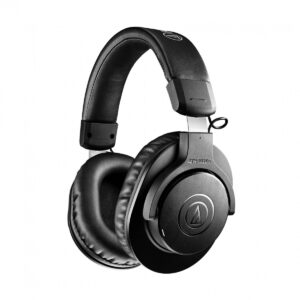 Key features
Key features
- Up to 60 hours of playback on a full charge
- 40mm drivers with tuned bass response
- Multipoint pairing for switching devices without interruption
Pros
- Multipoint connections
- 60 hours of battery life
- 40mm drivers
Cons
- No remarkable extra features
Following the trend, the Audio-Technica M20xBT are the lite version of the M50s from earlier, but they lack most of the extra features that made the M50s stand out. That being said, this applies to all the lite versions of the headphones mentioned. Whenever you give up the extra features, the one thing the manufacturers try to retain is the sound quality.
So, the natural follow-up question is, do the M20s sound the same as the M50s, just without the features? No. The M50s have a larger driver, but the M20s, with a smaller driver, are quicker but less “bassy.” In some instances, you could argue that the M20s may sound better than the M50s by having less low-end and a more dynamic response.
Overall, the sound from the M20s is akin to the M50s; however, without the EQ feature, how it sounds is how it sounds – and that sound is quite a nice one.
There is, again, a bit of emphasis placed on the bass and low-mid frequencies, as from a manufacturer’s point of view, bass is the most common thing people want when it comes to headphones. Adding a bit of extra bass is a nice way to stay competitive in the market.
The battery life, offering up to a maximum of 60 hours, is another way of setting themselves apart from much of the competition, which generally offers 50 hours as a standard. A 3.5mm jack connection means you can keep listening even when the battery is flat.
Alternatively, you can switch to the cable if, for example, you are at a desktop computer and want to save the battery for commutes to and from the office.
Wireless vs. true wireless
The difference between wireless headphones and true wireless headphones is not something we see all too often when it comes to headphones, but rather it is more prevalent with earphones.
To keep things simple, wireless refers to there being one receiver in your headphones, which will decode the left and right signal and then, using a wired connection through the headband, carry the signal from one side to the other, giving you stereo. This is generally a much simpler and more robust solution to the problem of achieving stereo sound wirelessly.
It allows for there to be no latency between the drivers thanks to the physical connection, as well as no dropouts between them. It also helps prevent the issue of one side of the set failing.
True wireless is the much more elaborate way of solving the same problem and is something you mainly see on wireless earbuds rather than headphones.
Again, to keep things succinct, true wireless works in one of two ways. You either have the daisy-chain method, where one bud will be the main receiver, and the signal is then split, sending one side to the other bud. Or, the more refined method is to have each bud with the same receiving “address”, but only equipped with a receiver for its respective side of the signal.
This prevents the issue of latency between buds, as one is not being fed the signal after the other has already received it. It also allows the buds to operate independently of one another – useful if you’re sharing them with someone on a journey or simply want to use one bud while the other charges.
Over-ear vs. on-ear
The differences between over-ear and on-ear headphones are, thankfully, straightforward. Over-ear headphones have a cup that fully encompasses your ears. They wrap around your ears, placing more of the pressure on the side of your head. On-ear headphones, as the name suggests, sit on your ears, placing all the pressure directly on them.
The downside of on-ears is that they are not as enclosed as over-ears, meaning that at high volumes, they won’t offer as much isolation and will let sound escape.
There is a largely subjective element to over-ear vs. on-ear, as what works for one person may not be someone else’s preference. Personally, I’m not a fan of on-ears, as the texture of the pads on my ears is somewhat of a sensory nightmare for me.
On the other hand, I know people who are adamant that on-ears are a lot more comfortable than over-ears because they allow your head and ears to breathe more, as opposed to trapping them inside the cups.
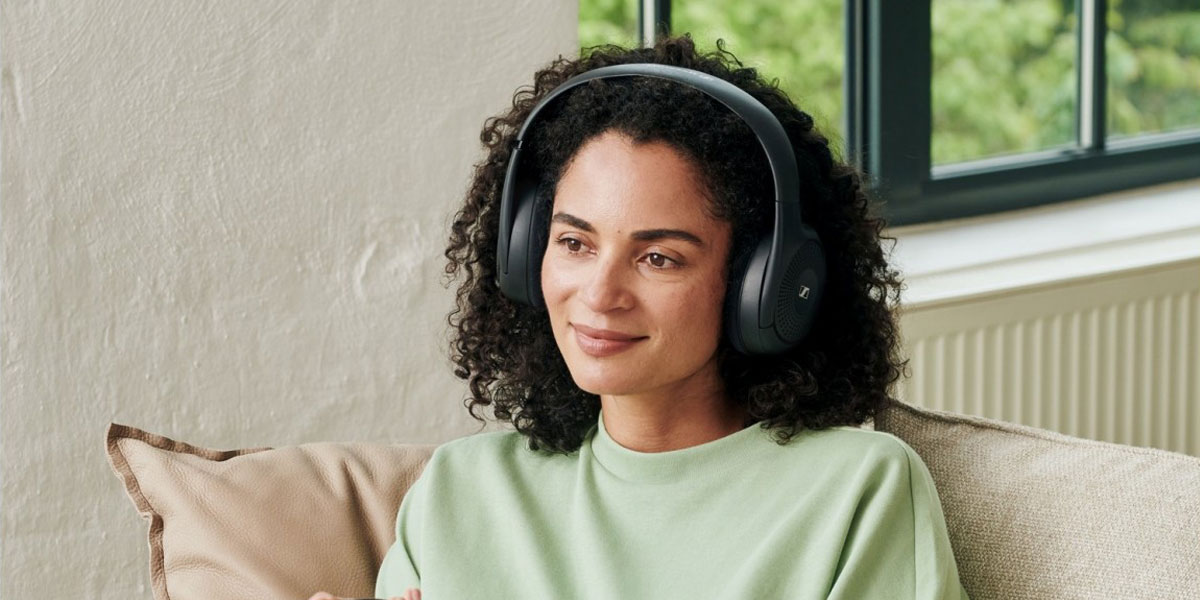
What is noise cancellation?
Noise cancellation, often referred to as Active Noise Cancellation or simply ANC, is a relatively new but fairly common feature on headphones by today’s standards.
The general idea of noise cancellation is to cut out – or at least take the edge off – background sounds, giving you a greater sense of isolation. Noise cancellation works by using something called phase inversion.
Now, this is where my degree comes in handy. Phase inversion is the concept of taking a wave travelling in one direction, making an exact copy of it, and playing it in the opposite phase direction. What happens when these waves meet is something called phase cancellation, where the frequencies of the wave collide and cancel each other out, resulting in 0 dB – essentially “cancelling” the sound.
Now, that may be quite a rogue concept to grasp in a written form (I didn’t fully understand it myself until I played around with it in a DAW). But the bottom line is that the microphones on your headphones or earphones play back a copy of the external sound to cancel it out.
Due to how this works, it is a process that will generally drain your battery quicker than headphones without ANC due to the required processing power.
It is also not a perfected process, as the processing of the external sound takes time – milliseconds, but it still takes time. As a result, noise cancelling works best on continuous sounds, such as aeroplanes, office AC units, and passive traffic noise, offering near silence in these situations.
Depending on the refinement of the noise cancelling algorithm in the headphones, there is a sliding scale of ANC effectiveness. Some will struggle more with dynamic sounds, such as people trying to converse with you – which can actually be a good thing if you’re at the office and people want to get your attention. Others are more powerful and able to quickly process the signal to cancel out conversations.
Personally, I spend my days with ANC turned on to block out the AC unit above me in the office and place me in abject silence all day (aside from whatever I’m listening to). However, there are times it would be nice to hear if someone was trying to talk to me, rather than being jump-scared by someone knocking on my desk. I guess I could just turn ANC off but I fear the AC unit will send me insane.
How to choose the best wireless headphones for you
Well, this is completely subjective. Personally, I would take some time to think about the features that appeal to you and your use case scenario. If you’re planning on using them for the gym, travelling, or the office, ANC may be a better investment over features like voice assistants.
Another consideration is comfort. Headphones are generally something you wear for an extended period of time, and speaking from experience, having headphones that hurt to wear after a while is not pleasant at all.
You will want to make sure that the fit of the headphones is secure and effortless. This also plays into the over-ear vs. on-ear conversation. If, like me, you find on-ears a sensory nightmare, wearing them for five minutes – let alone five hours – would not be pleasant.
You’ll also need to consider the cost implications. The world of wireless headphones is extensive, and you can spend upwards of £1,000 if you’re so inclined. Personally, I find that the £150 – £600 bracket is where you find the best wireless headphones. Being fortunate enough to play around with all sorts of different models over the years, I find the £500 – £600 headphones can even be much nicer than the £1,000 models.
The last and most important thing to pay attention to when it comes to wireless headphones is how they sound. You could have the fanciest, most feature-rich headphones available, but if they don’t spark joy to listen to, then arguably, what is the point? As I mentioned, you will generally be wearing these for hours at a time, so making sure the sound output is something you enjoy listening to is crucial.
FAQs
Which headphone brand has the best sound quality?
The best headphone brands are, arguably, Sennheiser, Audio Technica, and JBL. Venturing beyond the £200 limit, Bowers and Wilkins are among the best headphone brands.
Are wireless headphones really worth it?
If you value convenience, portability, and quality-of-life features such as ANC, wireless headphones are worth it. They’re great for anyone who uses headphones in dynamic environments and wants to remain untethered to a workstation.
What are the disadvantages of using Bluetooth headphones?
The same disadvantages of Bluetooth headphones also apply to regular headphones, and that is generally overexposure to loud sounds and hearing fatigue. Disadvantages specifically of Bluetooth headphones are the odd dropout in signal you might experience due to their wireless nature.
Final thoughts
Describing sound is a difficult task. The best thing I can say is to try different models. Go down to a local store, or if you’re in the Manchester area, pop into our Bacup showroom and ask to try a few different models. But if you’re looking for a starting point and some initial advice, I hope this list of the best wireless headphones has helped!
If you’re after a pair of headphones for the gym, check out our favourite over-ear headphones for working out. Alternatively, you might prefer earbuds. If so, we have a whole other article about the best budget wireless earbuds.
If you’ve decided that noise cancelling is a priority – whether you’re exploring it for the first time or already familiar with the technology – Robert has written an excellent guide on the best noise-cancelling headphones. While there’s some overlap in our choices, our different perspectives offer a fresh take on each other’s ideas.



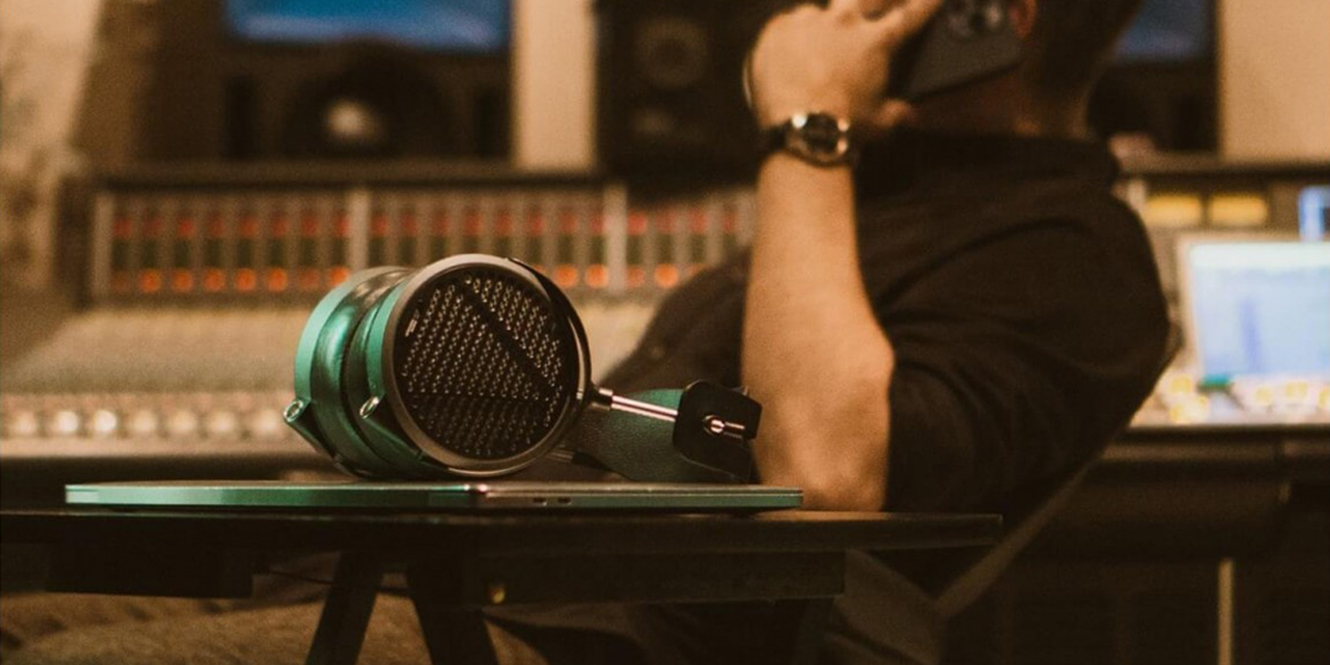
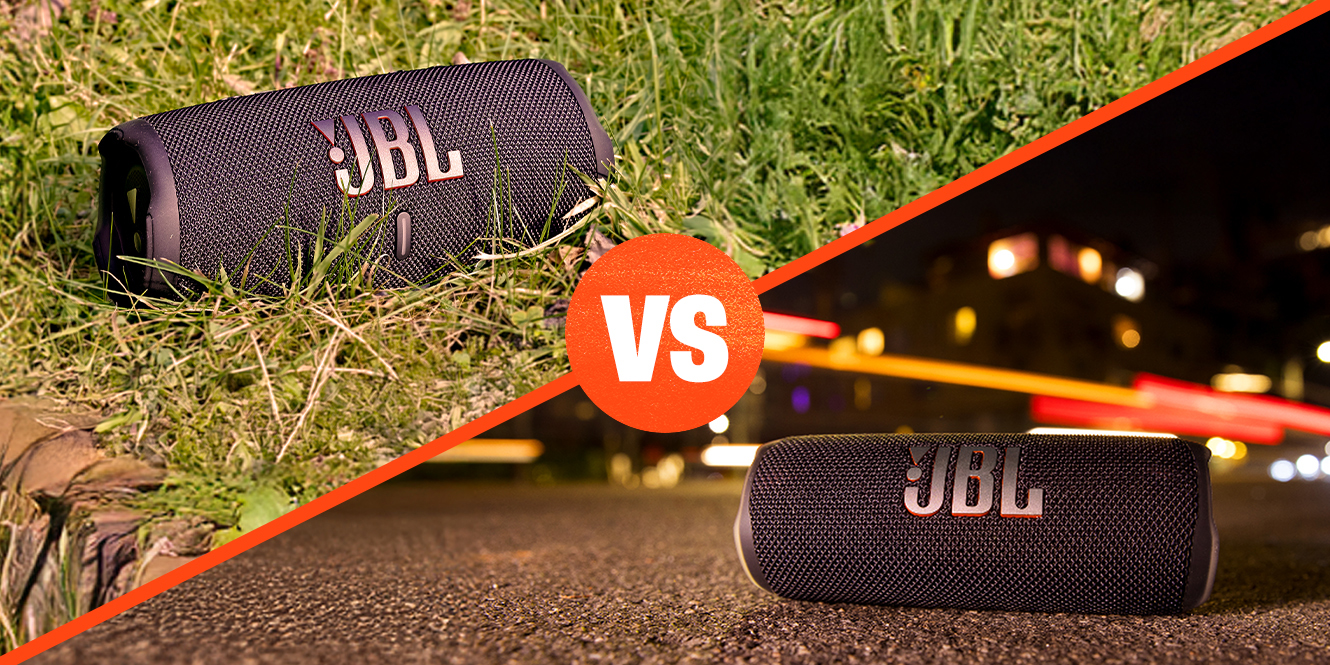
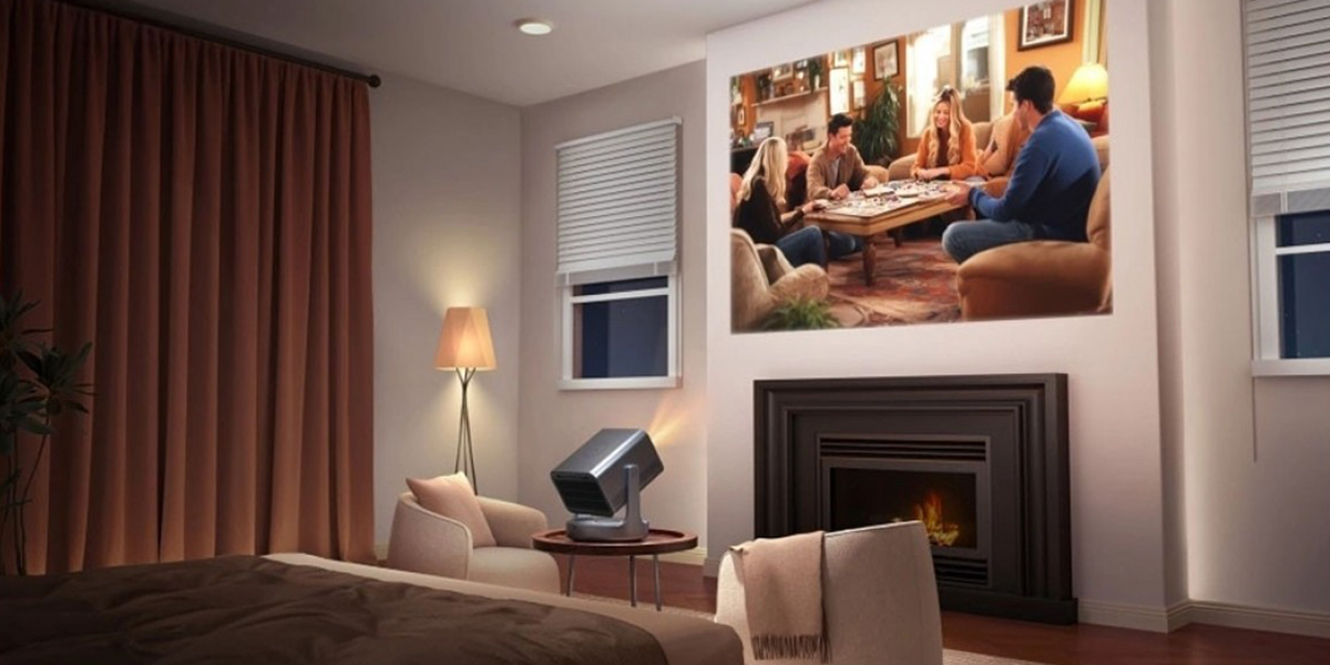




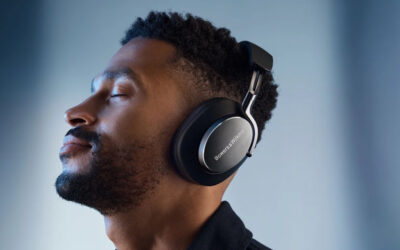

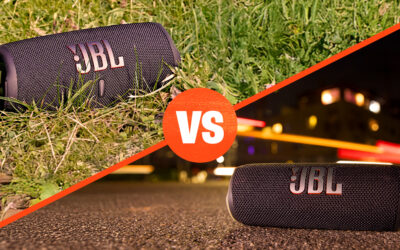
0 Comments